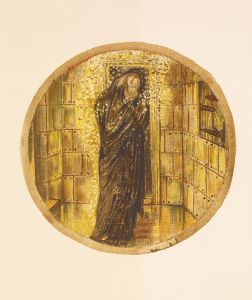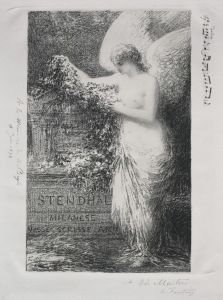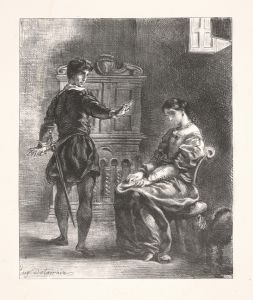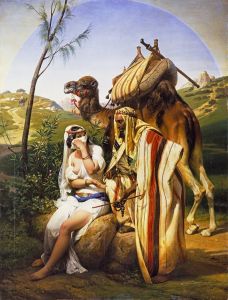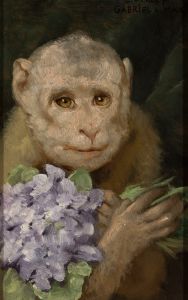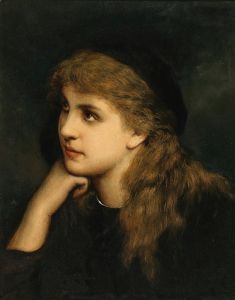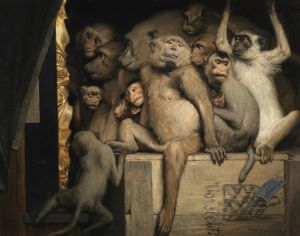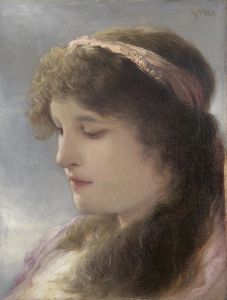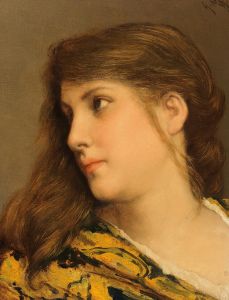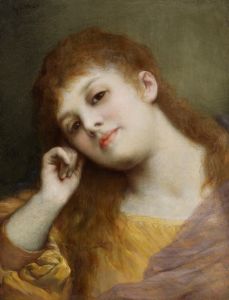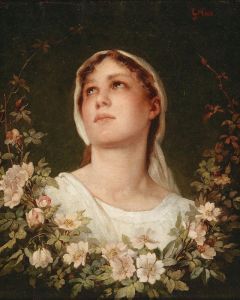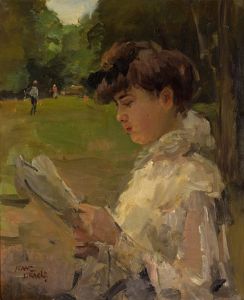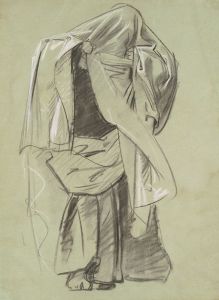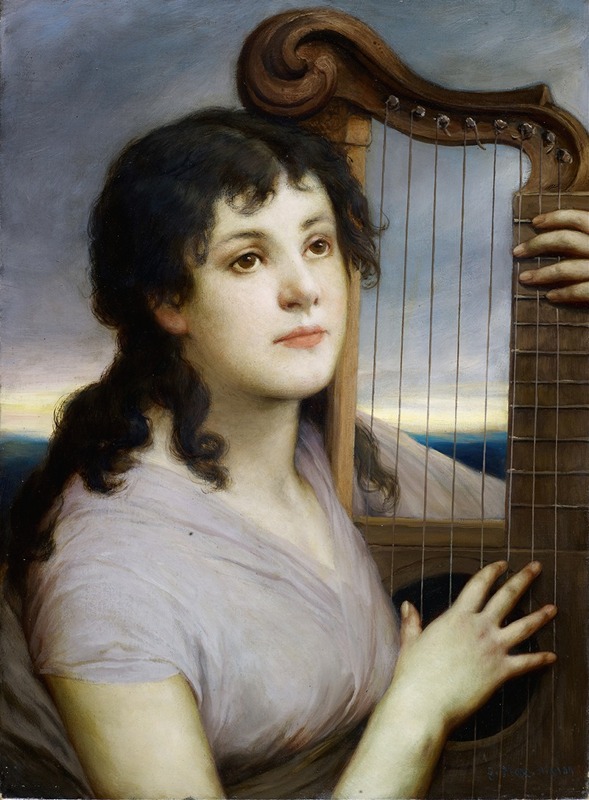
Mignon
A hand-painted replica of Gabriel von Max’s masterpiece Mignon, meticulously crafted by professional artists to capture the true essence of the original. Each piece is created with museum-quality canvas and rare mineral pigments, carefully painted by experienced artists with delicate brushstrokes and rich, layered colors to perfectly recreate the texture of the original artwork. Unlike machine-printed reproductions, this hand-painted version brings the painting to life, infused with the artist’s emotions and skill in every stroke. Whether for personal collection or home decoration, it instantly elevates the artistic atmosphere of any space.
Gabriel von Max (1840-1915) was a notable Austrian painter known for his works that often combined elements of mysticism, spiritualism, and the human condition. One of his significant works is the painting titled "Mignon," created in 1867. This painting is inspired by the character Mignon from Johann Wolfgang von Goethe's novel "Wilhelm Meister's Apprenticeship."
"Mignon" by Gabriel von Max captures the melancholic and enigmatic essence of the character from Goethe's literary work. Mignon is a young girl who is rescued by the protagonist Wilhelm Meister and becomes a central figure in the novel, symbolizing innocence, suffering, and a longing for a lost homeland. Goethe's portrayal of Mignon is deeply emotional and complex, which von Max successfully translates into his painting.
In the painting, Mignon is depicted as a delicate and ethereal figure, embodying the fragility and mystery that Goethe described. She is often shown with a distant, contemplative expression, which reflects her inner turmoil and longing. The use of soft, muted colors and gentle brushstrokes in the painting enhances the dreamlike quality of the scene, creating a poignant and introspective atmosphere.
Gabriel von Max's "Mignon" is a testament to his skill in capturing the psychological depth and emotional resonance of his subjects. The painting is a fine example of 19th-century Romanticism, a movement that emphasized emotion, individualism, and the sublime beauty of nature and human experience. Von Max's attention to detail and his ability to convey complex emotions through his art make "Mignon" a significant piece in his oeuvre.
The painting is housed in the Neue Pinakothek in Munich, Germany, which is home to an extensive collection of 19th-century art. The Neue Pinakothek is part of the Bavarian State Painting Collections and is renowned for its impressive array of works by artists such as Caspar David Friedrich, Francisco de Goya, and Vincent van Gogh. Gabriel von Max's "Mignon" is among the notable works in the museum's collection, attracting visitors and art enthusiasts who appreciate its historical and artistic value.
Gabriel von Max's interest in spiritualism and the supernatural is evident in many of his works, and "Mignon" is no exception. The painting's ethereal quality and the portrayal of Mignon's otherworldly presence align with von Max's fascination with the mystical aspects of human existence. This thematic focus adds an additional layer of depth to the painting, inviting viewers to explore the intersection of reality and the metaphysical.
Overall, "Mignon" by Gabriel von Max is a compelling and evocative painting that captures the essence of Goethe's character while showcasing the artist's mastery of Romanticism. It remains an important work in the history of 19th-century art and continues to be appreciated for its emotional depth and artistic excellence.





